How much & How often to feed a dog?

Feeding a dog right is an essential part of a daily routine for any dog owner. Choosing the accurate portion size and the most appropriate type of food is not something to be overlooked. No matter if you got your first dog, brought a puppy home or just adopted another pooch into your family, finding the correct daily routine is a priority as each and every dog is different.
How Often Should I Feed My Dog
One of the best and most efficient ways to keep your dog healthy is to maintain a daily feeding routine using high-quality dog food. The food you’re giving directly affects your pooches well-being and mental state, so it is crucial to know how much food to feed a dog.
Proper diet and nutrition are the essential components to maintain your dog healthy, energetic, and agile. While there are no hard rules as to how often to feed a dog, most pet owners go for general 2-3 times a day. The main things to consider are the meal portion size and the kind of food you’re providing.
In fact, portion size usually varies according to the different dog size, breed, age, weight and even lifestyle. Let’s say, you shouldn’t feed a puppy and a senior dog the same food due to the different amount of nutrients and variety of vitamins needed for each of them.
When you buy dog food in stores or on websites, the packages always have feeding recommendations on their back, however, you may still need to make some adjustments to how much to feed your dog and what portions to use to suit your pet and daily routine.
Important Factors to Consider to Feed your Dog
To better understand the amount of dog food or the portion size to give to your pooch, there are some factors you want to consider before even choosing the type of food:
- Dog’s Age
- Body Weight
- Activity Level/Lifestyle
- Food Types
- Feeding Schedule/Routine
Dog’s age. As the dogs grow, they will require a different amount and kind of food. For a puppy, it would be the best to provide specific food for puppies full of high-proteins and natural vitamins and minerals to support healthy growth and development. For an adult dog, you need to pay attention and maintain their health and an energetic lifestyle, especially bones and muscles condition, so high-protein food will do a great job, but the portion size will vary from the puppy one.
Body weight. Sustaining an ideal body condition is essential for a dog's overall well-being and health. If a dog doesn’t have an ideal body condition, you have to start making necessary feeding adjustments to get to desired results and health conditions. In fact, you might want to try biologically appropriate food and weight management formulas. Consider taking a trip to your veterinarian for proper advice and medical examination if needed.
Dog’s lifestyle. Take a good look at how much exercise and activity your dog has on a daily basis to understand the amount of calories needed to sustain the energy levels. If you take daily running trips, hikes, and walks in the park - he might need much more calories in comparison to a dog with less activity. This also includes dogs that prefer to stay indoors or have weight issues as they tend to maintain lesser amounts of energy and need less calories to keep.
Food types. As a dog owner, you should pay close attention to what kind of food you're giving your dog on a daily basis. Puppy food is not suitable for seniors dogs, just like senior nutrition won’t suit an adult dog. The difference is in the amount of calories, nutrients, proteins and vitamins necessary for sustaining everyday energy levels. Besides, for your daily feeding routine, you might want to consider biologically appropriate dog food, while also adding extra supplements and treats. Read the next section for more information about food additions.
Feeding routine. An important step in daily feeding is to establish how often to feed a dog and decide on correct portion size. Mainly, routine depends on a dog’s age, weight and overall lifestyle and should be adjusted to fit your dog as every pet is different and requires personal care. Read further for a dog feeding guide and recommendations.
All of these factors directly influence how much and how often you should feed a dog.
The Different Kinds of Dog Food in Australia
Finding the best food for your dog sometimes can be challenging as there are too many brands in the industry offering their products. However, providing the right food is a crucial step to achieve ultimate health results for your dog.
One of the best options on the market is Australian made dog food that contains natural and isolated proteins to provide necessary support for muscles and body, while also maintaining healthy energy levels. By supporting local Australian farmers, it is possible to source the best natural ingredients to provide the high-quality meat dog foods for you to choose from. Grain-free and biologically appropriate food is important for your pets since high-protein food is critical for dogs to maintain a healthy well-being as they’re meat-eaters by nature.
Australian made and owned brands that support local products have a significant impact on getting high-quality ingredients and producing the best high protein dog food possible. Vetalogica natural pet food is something worth looking into for your dog as it not only contains exceptional quality meat proteins and farm-grown vegetables, but also comes in a variety of tastes, such as grain-free chicken, kangaroo and lamb.
In fact, daily feeding routine doesn’t have to consist only of general dog food and water. It is important to look into different aspects of feeding and make adjustments as necessary. A good idea is to add healthy nutritional treats for dogs and natural supplements to support the overall health of your pooch.
Treats and supplements can aid your dog’s mental and physical condition, including aggression, hip and joint pain, issues with appetite, and skin and coat irritation while providing daily essential nutrients. Besides, you can use treats as an extra ‘sweet’ for your dog during training sessions, playing or when a dog follows your instructions. It is important to show you love and appreciation as much as you can!
Dog Feeding guide
If you wonder how much food to feed a dog and what portion size will be the optimal for your dog, take a look at the feeding guide on the dog's food label for the general recommendations.
You can also see below our guide for the best portion sizes and the amount of feedings per day (considering 24-hour cycle):
Recommended daily feeding guide
Another thing to remember is that the dog feeding portion sizes vary from product to product based on calorie content, food formula and your dog. In this matter, personalisation is very important to help maintain the optimal health and improve the dog’s well-being.
| Size | Weight | Portion Per Day |
|---|---|---|
| 1-5 kg | 60-90g.(½-¾ Cups) | |
 |
5-10 kg | 90-125g. (¾-1 Cups) |
 |
10-20 kg | 125-250g. (1-2 Cups) |
 |
20-35 kg | 250-350g. (2– 2¾ Cups) |
 |
35-45 kg | 350 - 500g. (2 ¾ - 4 Cups) |
 |
45-60 kg | 500 - 600g. (4–4¾ Cups) |
 |
60+ kg | 600g+. (4¾ Cups+) |
Calorie Content (calculated): 3500 kcal/kg; 437 kcal/125g cup. A standard 8 oz/250ml measuring cup contains approximately 125g of Vetalogica Biologically Appropriate Dog Food or Vetalogica Naturals.
Conclusion
Keeping the portion size and daily feeding routine consistent and appropriate to a dog’s age is an essential part of nourishing your pooch. Besides, it is a great idea to assess your pet’s response to the food formula and change it if necessary. When changing dog food formula, keep in mind to adjust portion size according to recommended calorie intake to support healthy energy levels and keep the weight consistent.
Make sure to discuss these changes with your veterinarian, especially if your dog responds in an unnatural way to the food formula. That is why you might want to consider hypoallergenic dog food suitable for sensitive dogs that mirrors eating anatomy. Your veterinarian will help you determine the right amount of food to maintain a healthy diet with sufficient calorie intake.
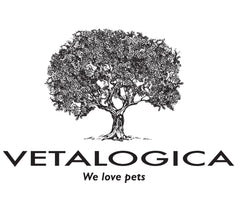
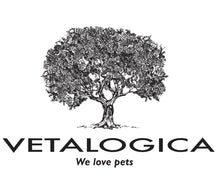
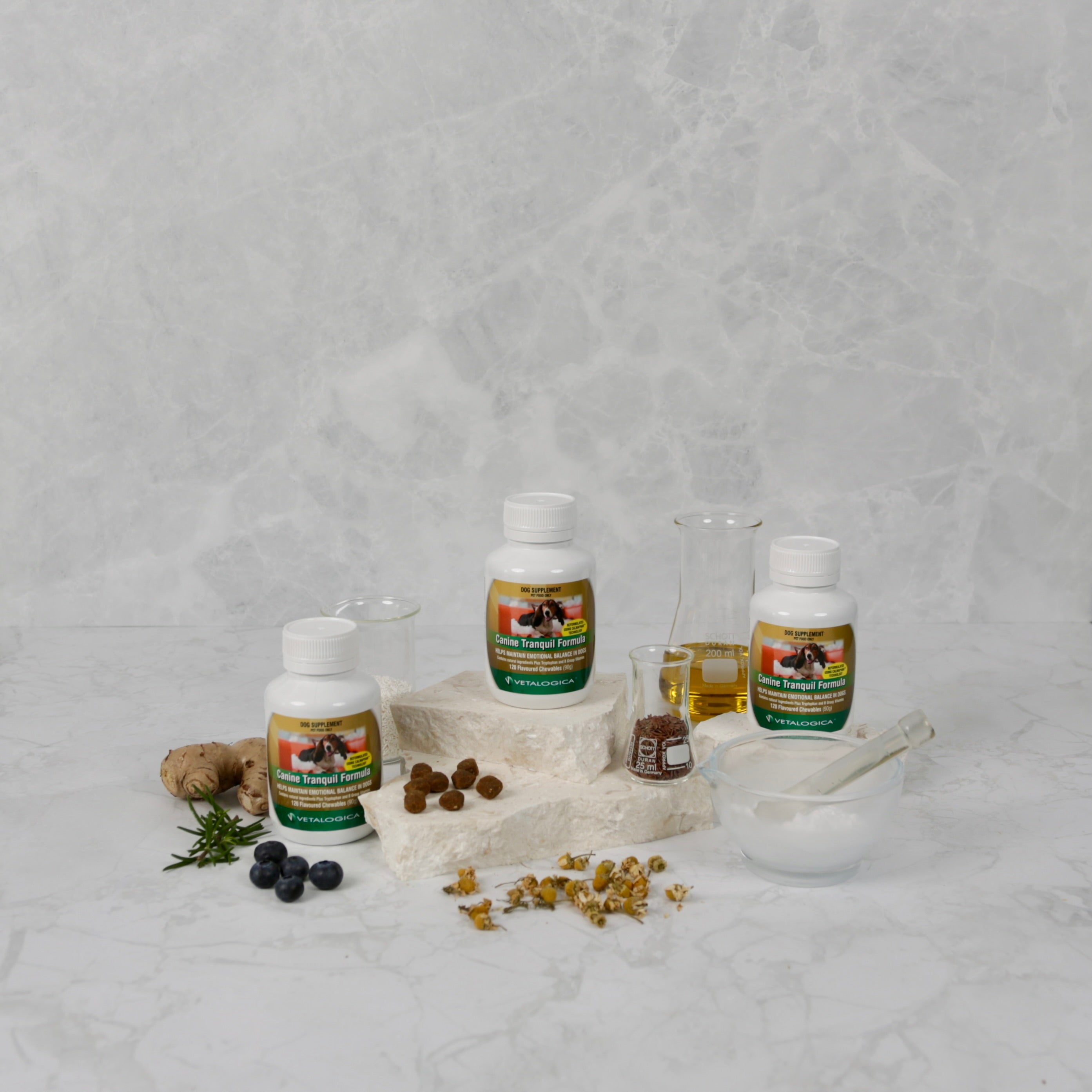
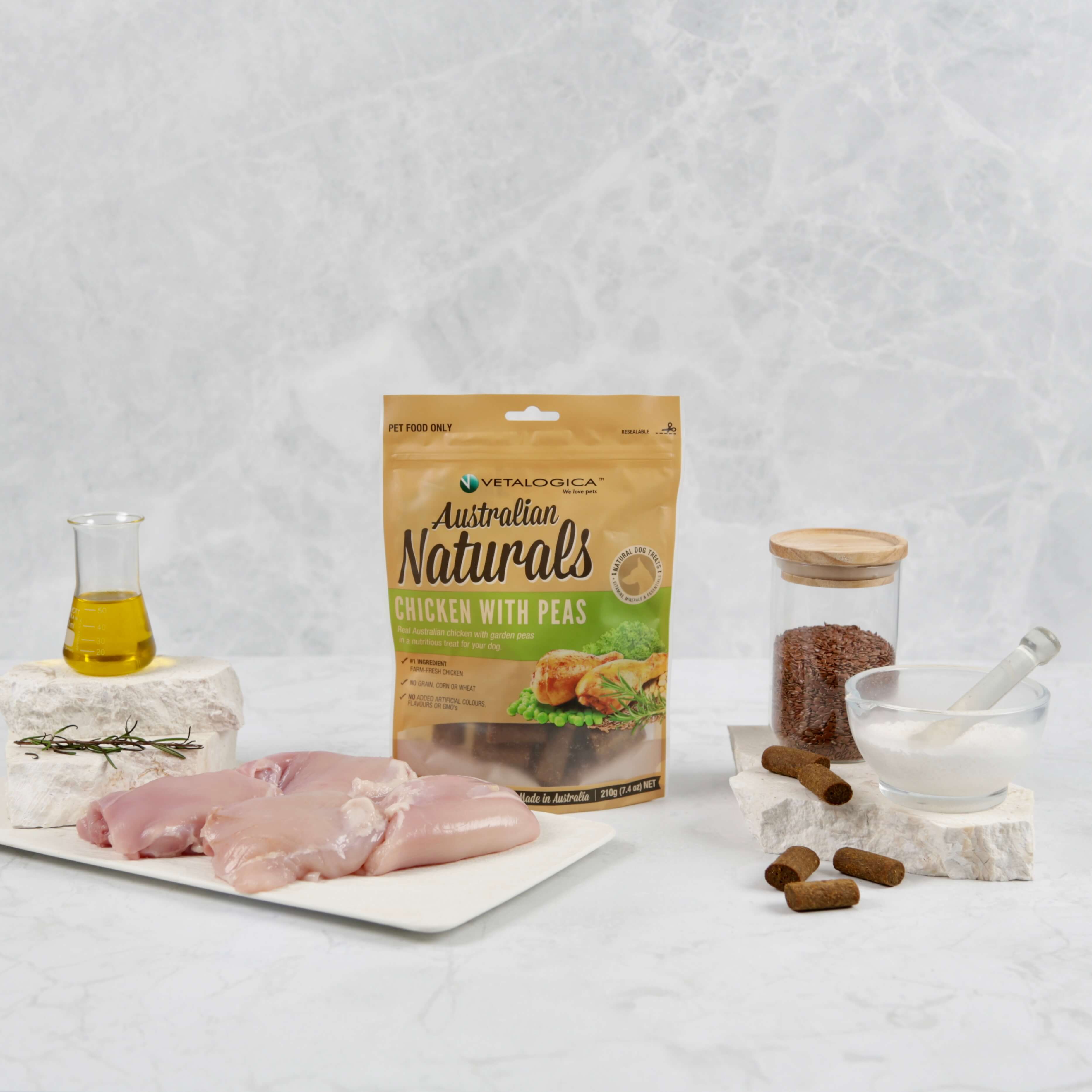
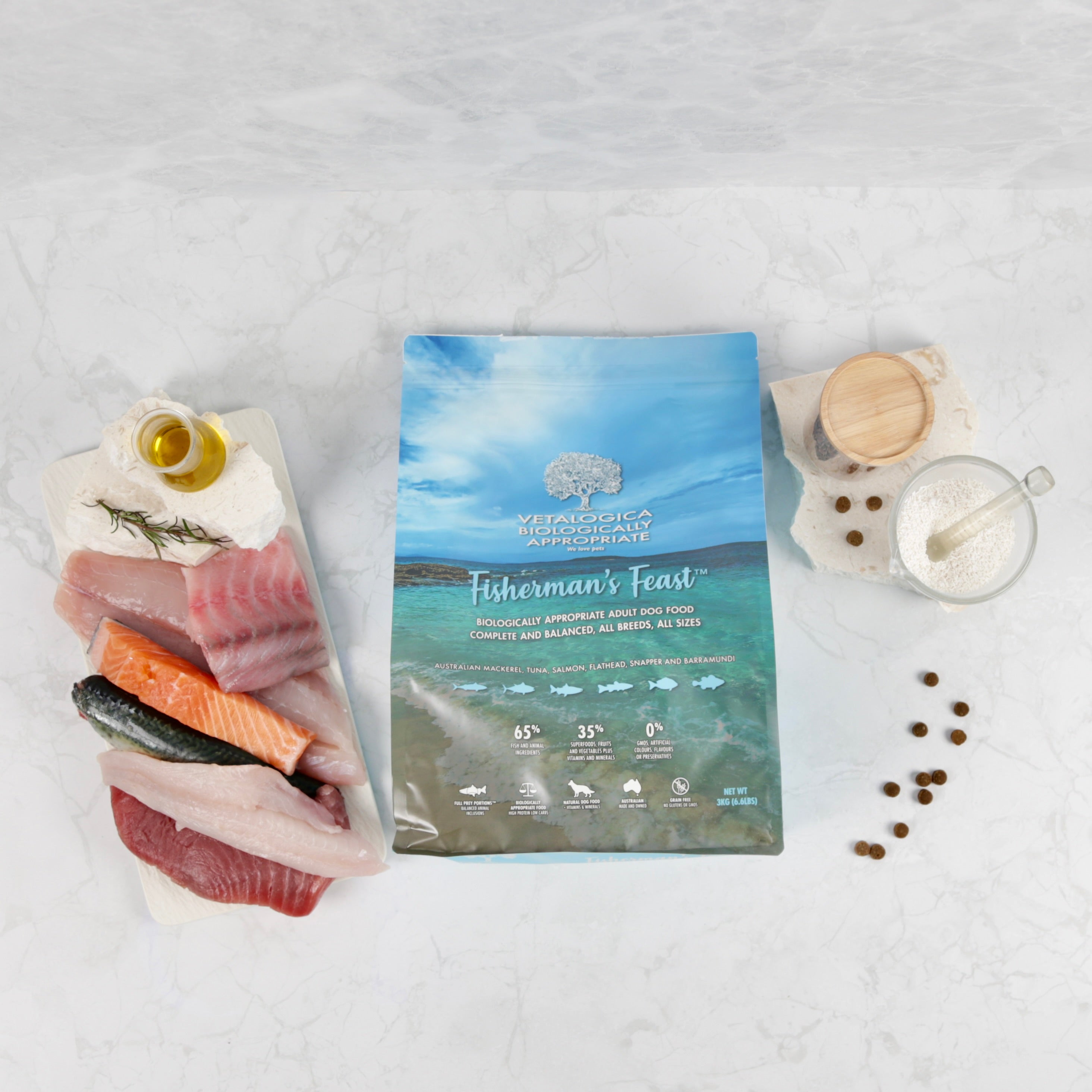
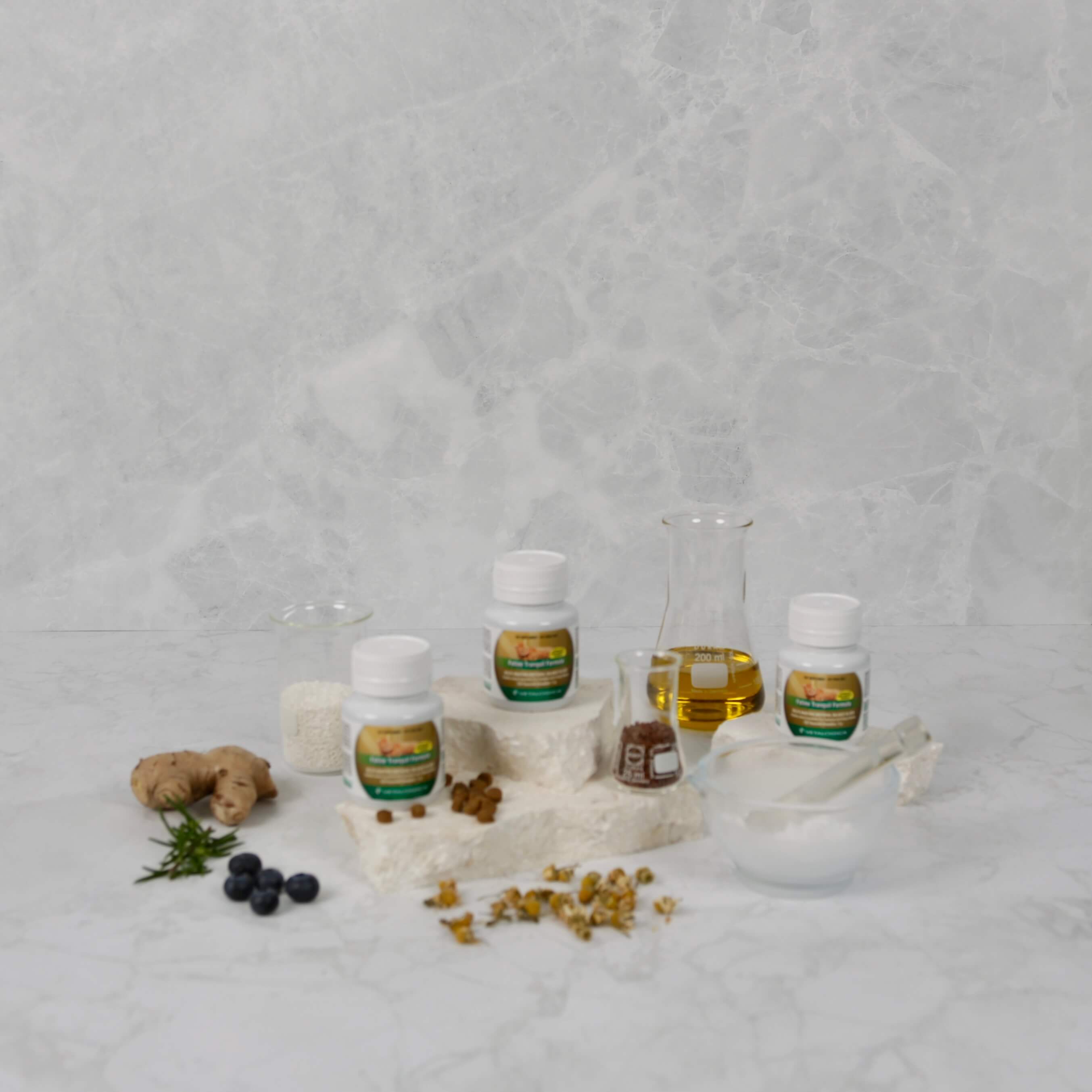
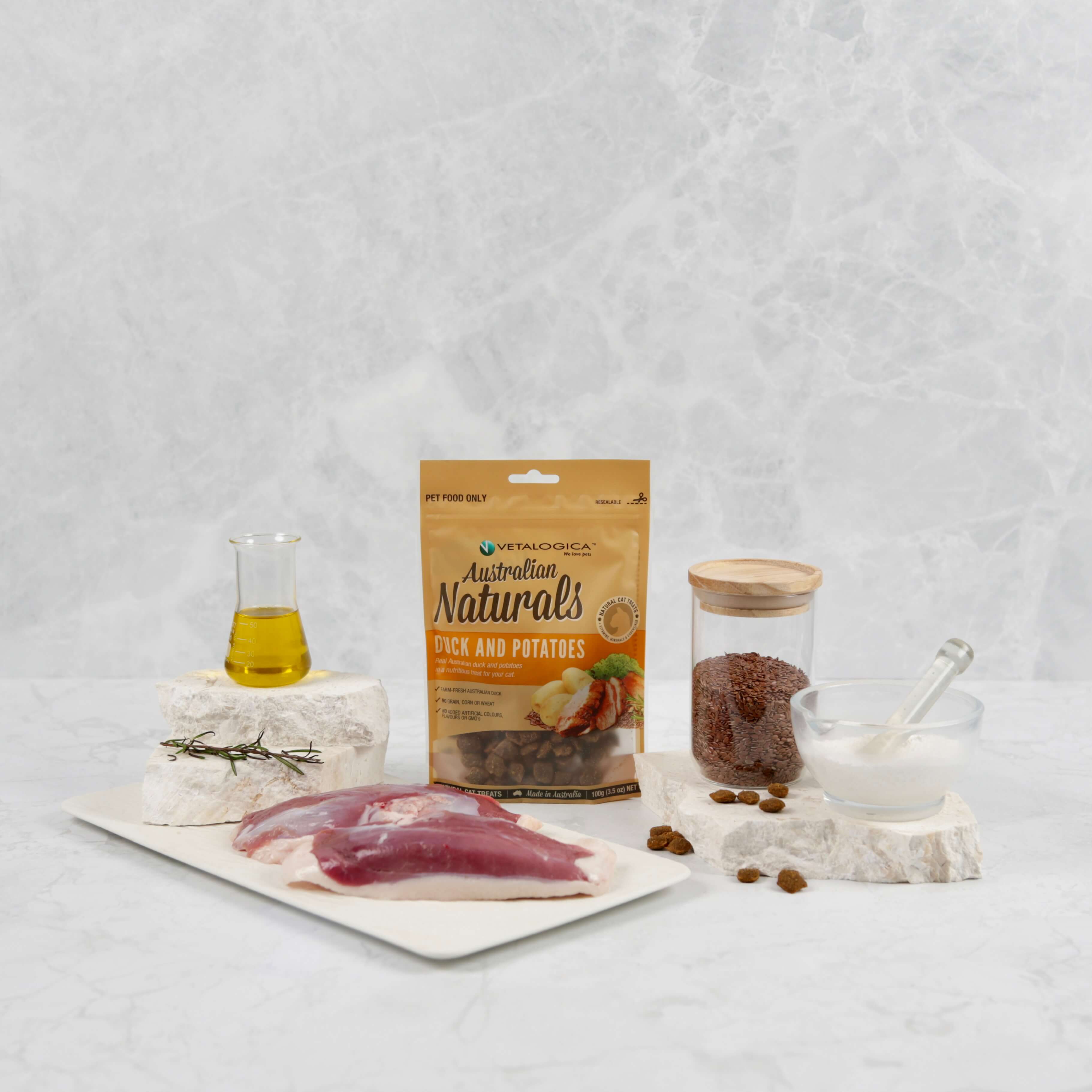
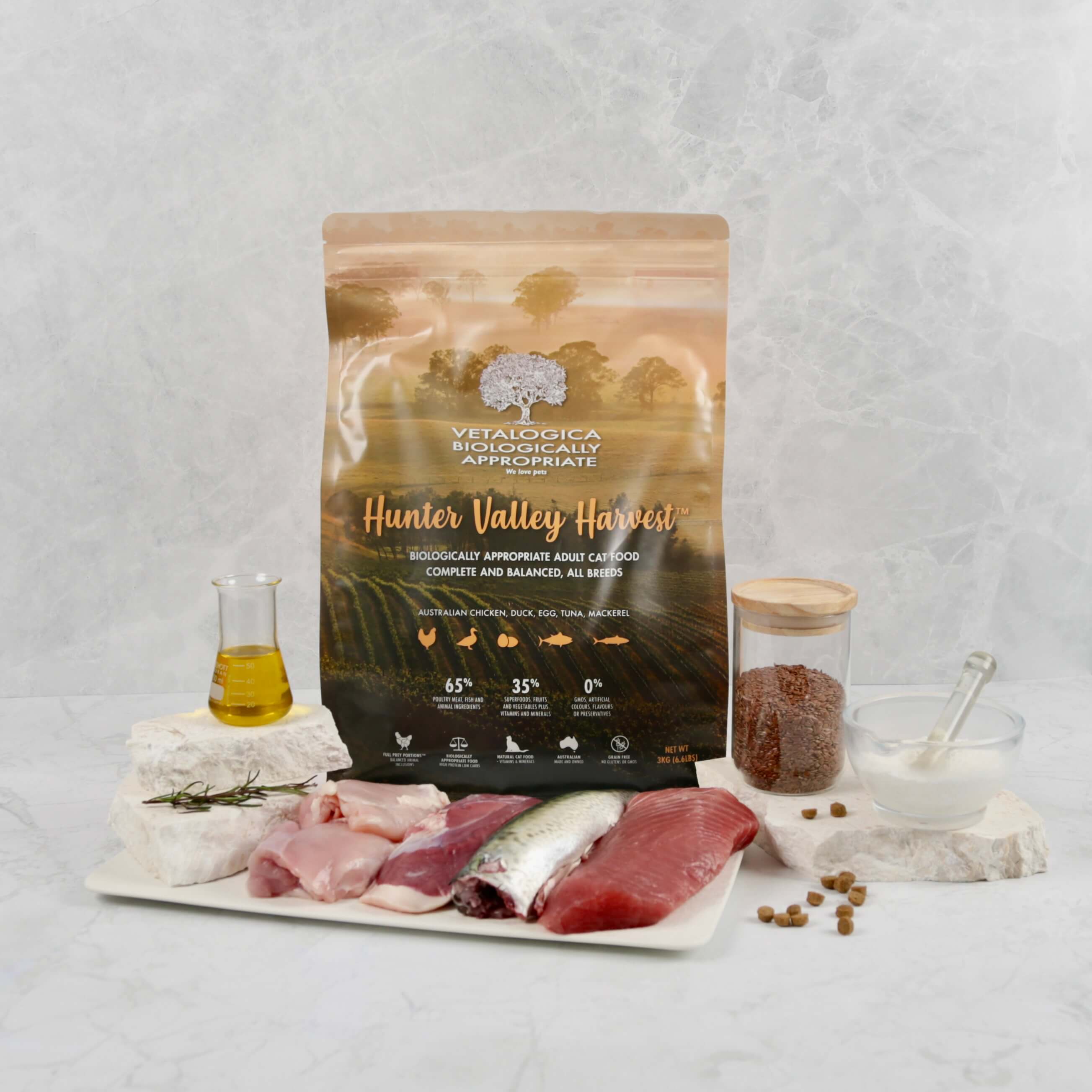
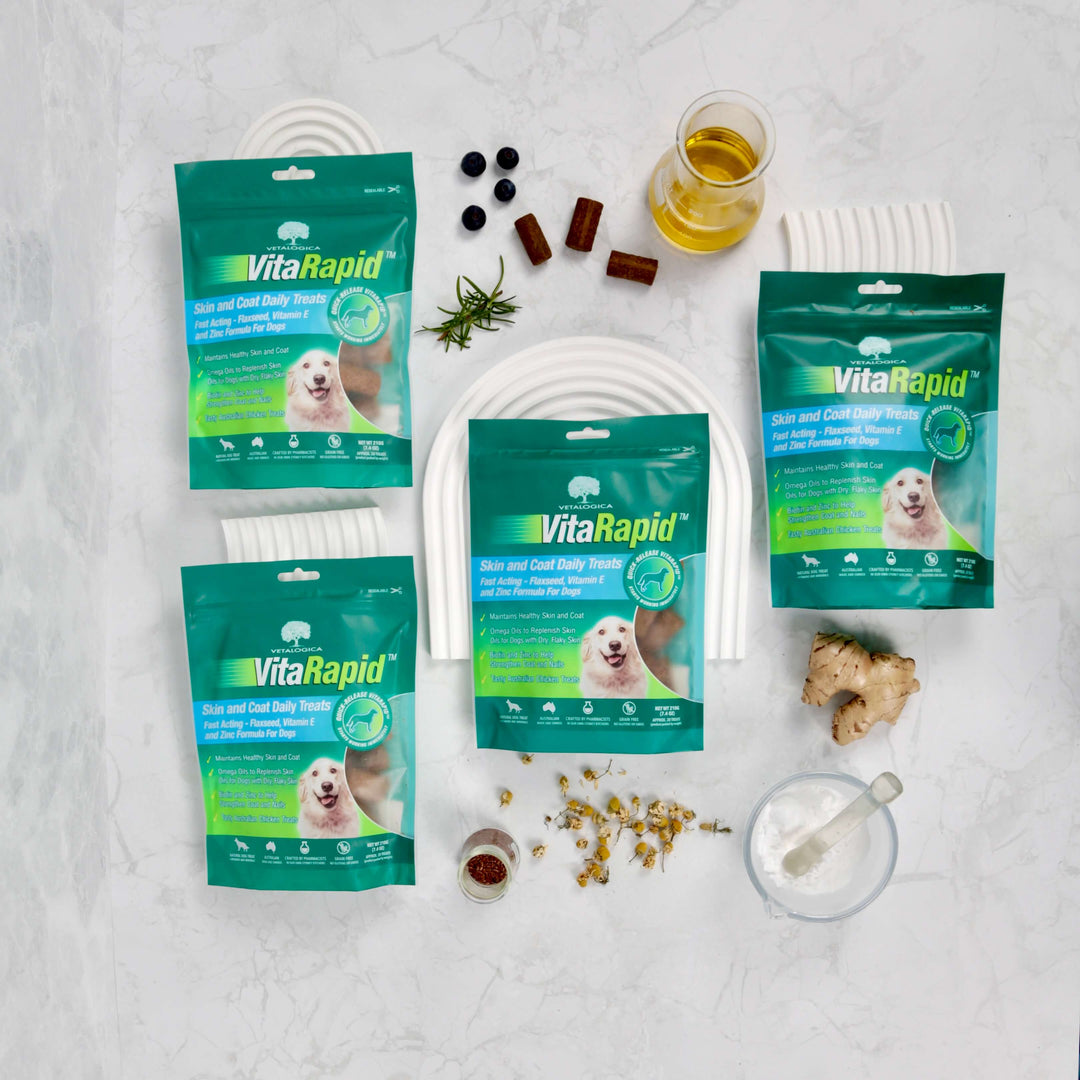

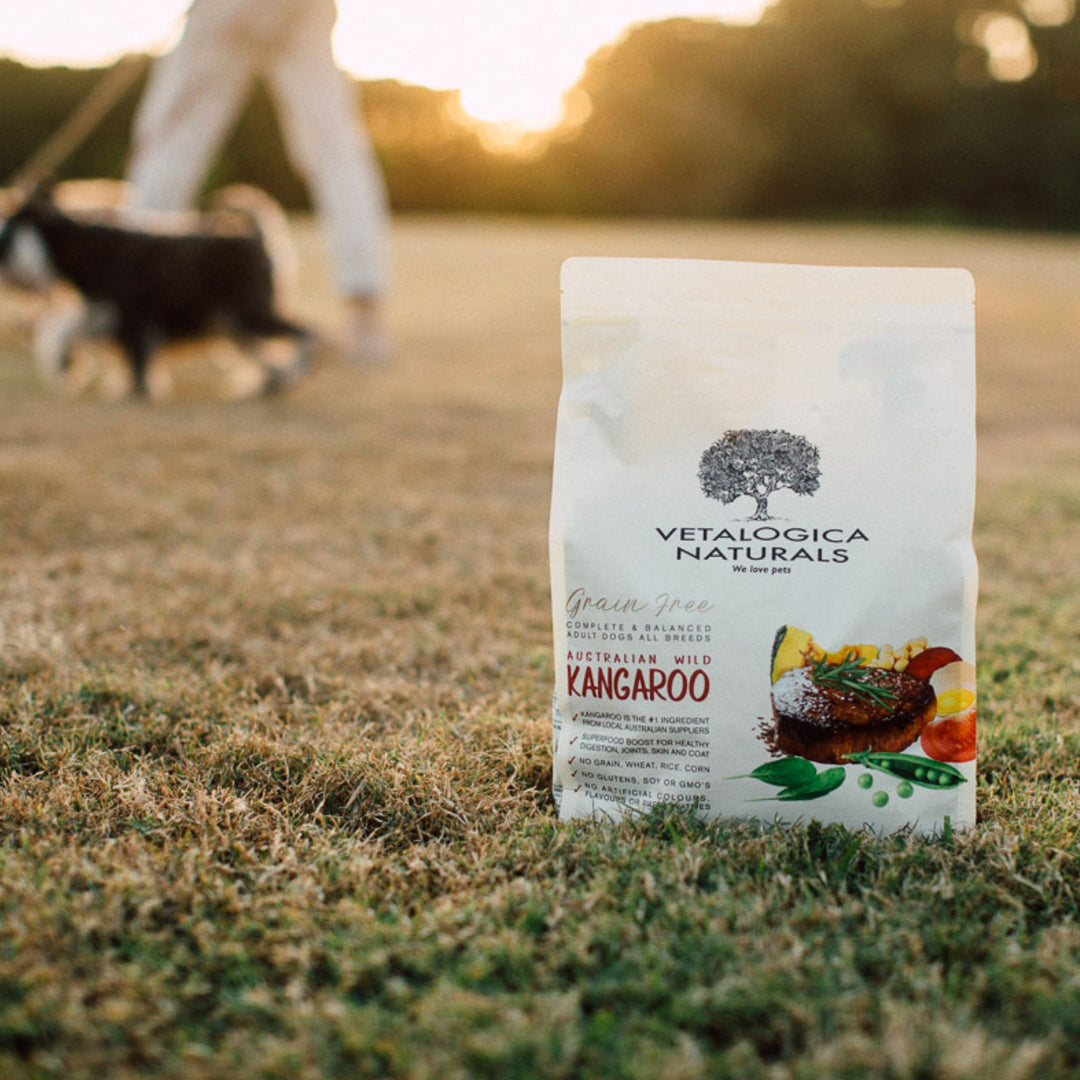
Leave a comment